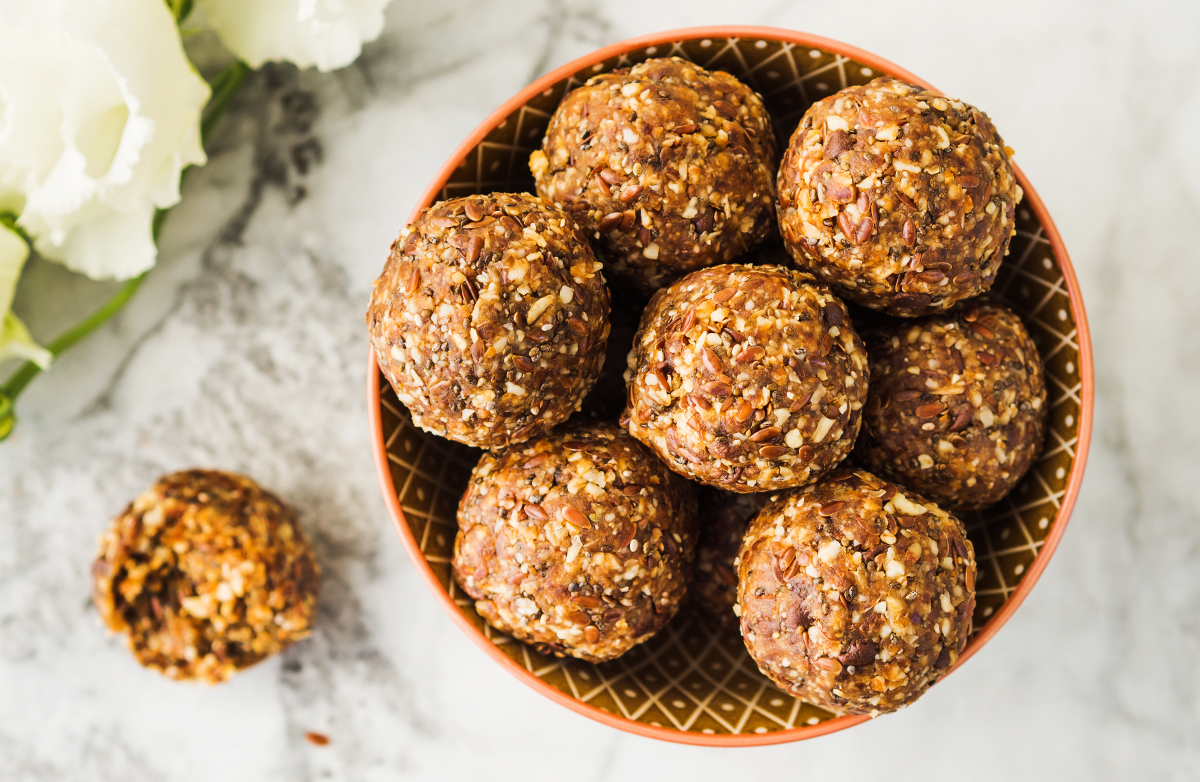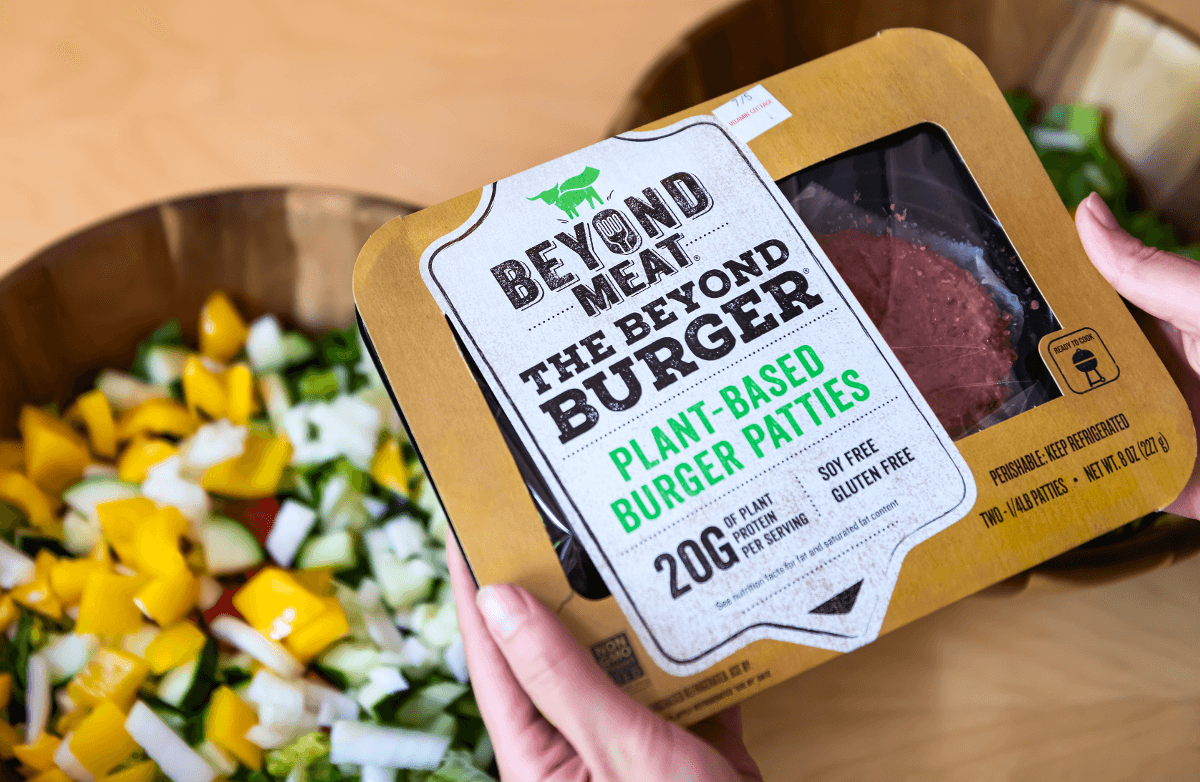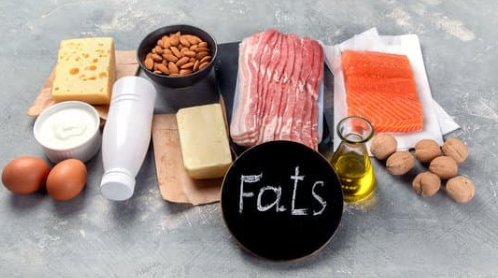As a health coach, I know how easy it is to feel overwhelmed by all the vitamins out there. But understanding the basics doesn’t have to be complicated. Here’s a simple, practical guide to what these key vitamins do for your body, where to find them, and how much you need—so you can feel confident you’re fueling your health.
Vitamin A
- What it does: Vitamin A supports new cell growth, a strong immune system, healthy skin, bones, teeth, and clear vision. It also helps your eyes adjust to light changes and plays a role in the health of your lungs, kidneys, and bladder.
- Where to get it: Fish liver oils, liver, dairy products, carrots, cantaloupe, peaches, squash, tomatoes, and green or yellow veggies. Dark leafy greens and orange vegetables contain beta-carotene, which your body converts to vitamin A.
- How much you need: About 800 mcg for women and 1000 mcg for men daily. Too much can be harmful, so aim for balance—overdoing it can cause nausea, headaches, and in rare cases, more serious health issues. Too little (though rare in the U.S.) may cause night blindness or eye inflammation.
Vitamin B6
- What it does: B6 keeps your brain sharp, helps convert protein into energy, and supports the production of red blood cells and antibodies.
- Where to get it: Meats, whole grains, bananas, green leafy veggies, pecans, eggs, and milk.
- How much you need: 1.6 mg for women and 2 mg for men daily. Because it’s water-soluble, your body doesn’t store it—you need a steady supply from food. Very high doses (over 250 mg) can damage nerves, so avoid megadoses unless directed by a healthcare provider.
Vitamin B12
- What it does: Works with folate to make healthy red blood cells, supports your nervous system, and helps your body use fats and carbohydrates for energy.
- Where to get it: Liver, fish, eggs, dairy, and other animal-based foods.
- How much you need: 2 mcg daily for most adults. As we age, absorption can drop—people over 50 or those on plant-based diets may benefit from B12-fortified foods or supplements. Deficiency can cause fatigue, memory problems, and, in severe cases, nerve damage.
Vitamin C
- What it does: A powerhouse antioxidant, vitamin C supports wound healing, immune function, gum health, and iron absorption. It also protects your cells from damage.
- Where to get it: Citrus fruits, berries, tomatoes, peppers, green veggies, onions, and radishes.
- How much you need: At least 60 mg daily for most adults. Smokers need more—110 mg for women and 125 mg for men—because smoking increases vitamin C needs. Too much (over 2000 mg) can cause stomach upset.
Vitamin D
- What it does: Vitamin D helps your body absorb calcium and phosphorus, building strong bones and teeth, and supporting muscle and nerve function. Research also links it to immune health and reduced risk of osteoporosis.
- Where to get it: Sunlight exposure, fortified milk and cereals, eggs, tuna, and fish liver oils.
- How much you need: 200 IU daily for adults 19–50 and 400 IU daily if you’re over 50. Your body’s ability to make vitamin D from sunlight decreases with age. Too much can cause nausea, weakness, or even toxicity, so don’t over-supplement.
Vitamin E
- What it does: A powerful antioxidant, vitamin E protects your cells from damage, supports circulation and healing, and may help lower the risk of heart disease.
- Where to get it: Vegetable oils, wheat germ, nuts, seeds, egg yolk, whole grains, peanut butter, and leafy greens.
- How much you need: Most adults can meet their needs through a varied diet without high-dose supplements.
Health Coach Tip
Think “food first” when it comes to vitamins—whole foods provide not only the vitamins listed here but also fiber, phytonutrients, and healthy fats that work together for optimal health. Supplements can help fill gaps when needed, but check with a healthcare professional before adding high-dose vitamins. Small, consistent choices—like adding a handful of leafy greens or enjoying a piece of fruit with breakfast—add up to long-term wellness.
_________________________________________
References
National Institutes of Health, Office of Dietary Supplements. “Vitamin and Mineral Fact Sheets.” https://ods.od.nih.gov/
Harvard T.H. Chan School of Public Health. “The Nutrition Source: Vitamins.” https://www.hsph.harvard.edu/nutritionsource/vitamins/
U.S. Department of Agriculture. “FoodData Central.” https://fdc.nal.usda.gov/













